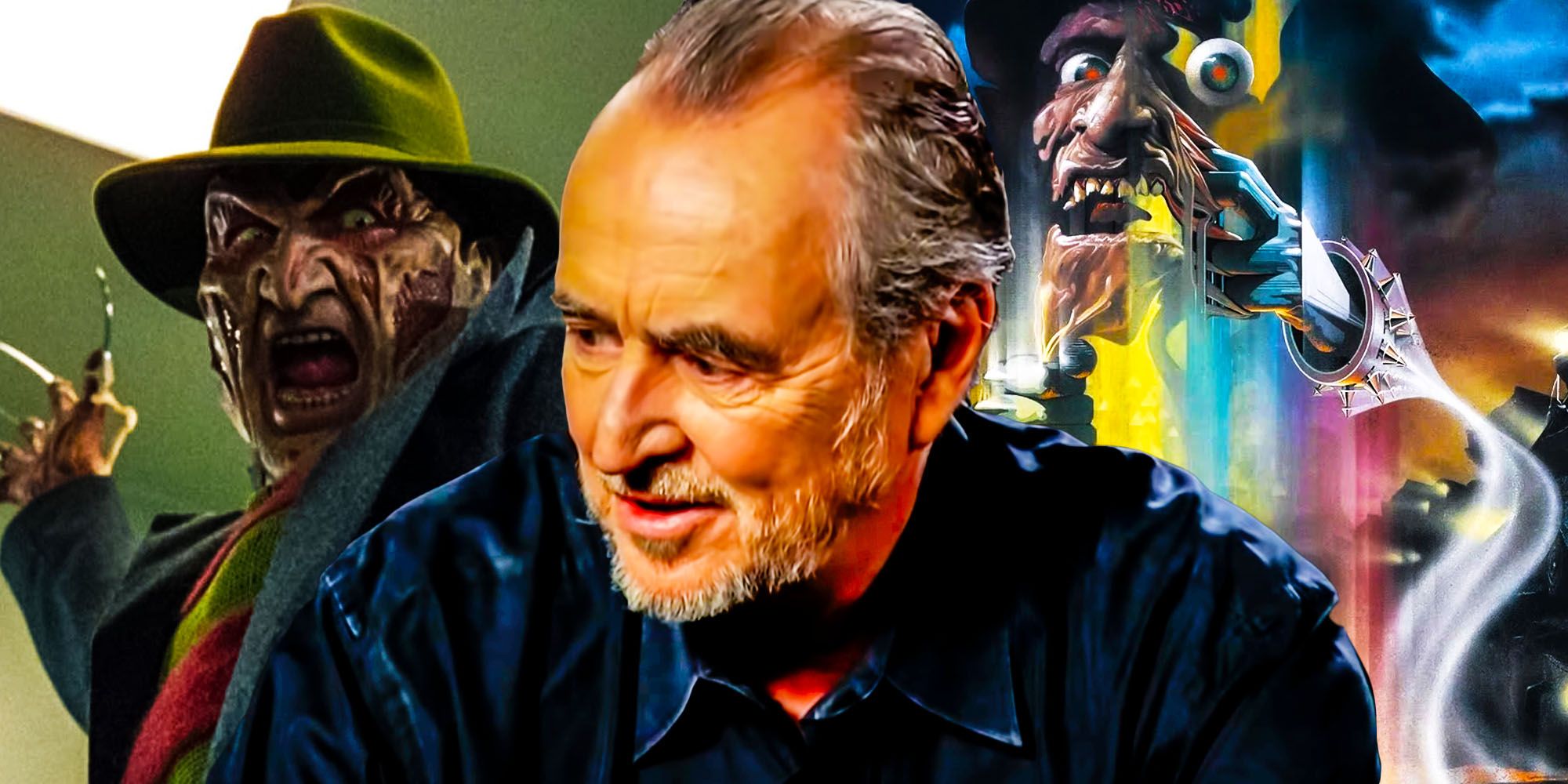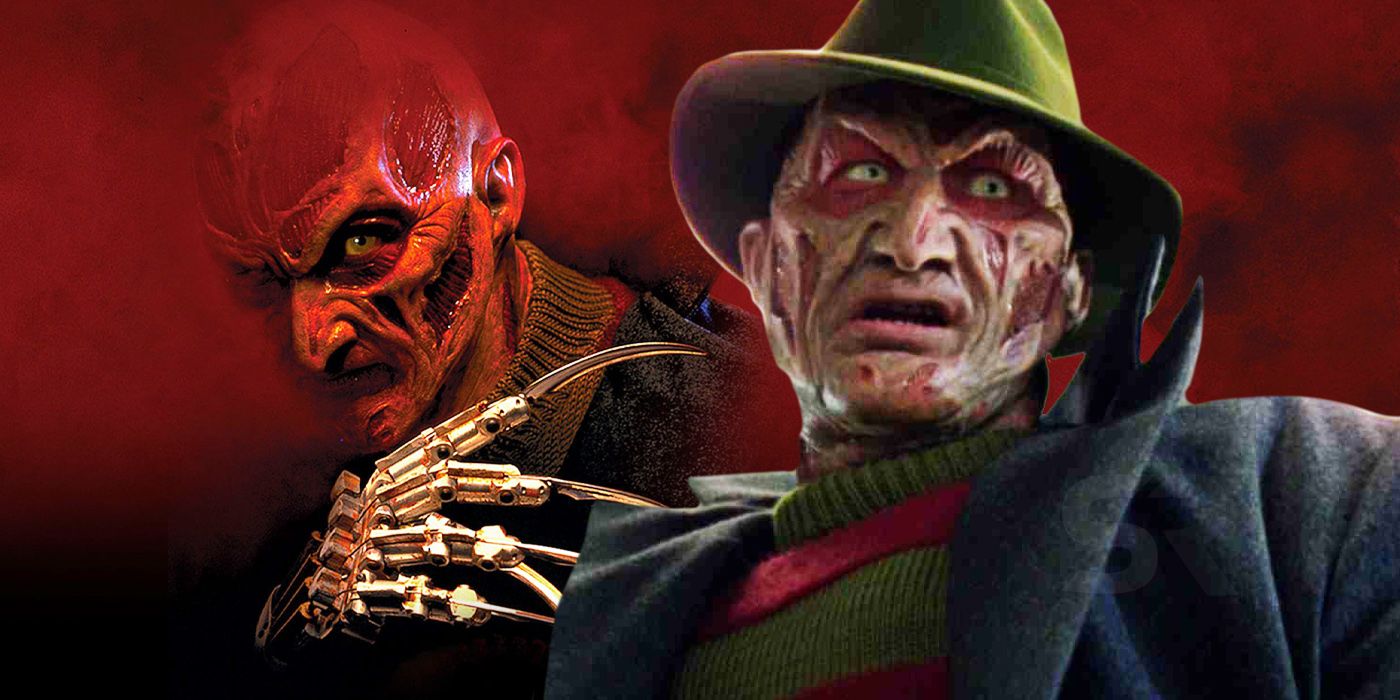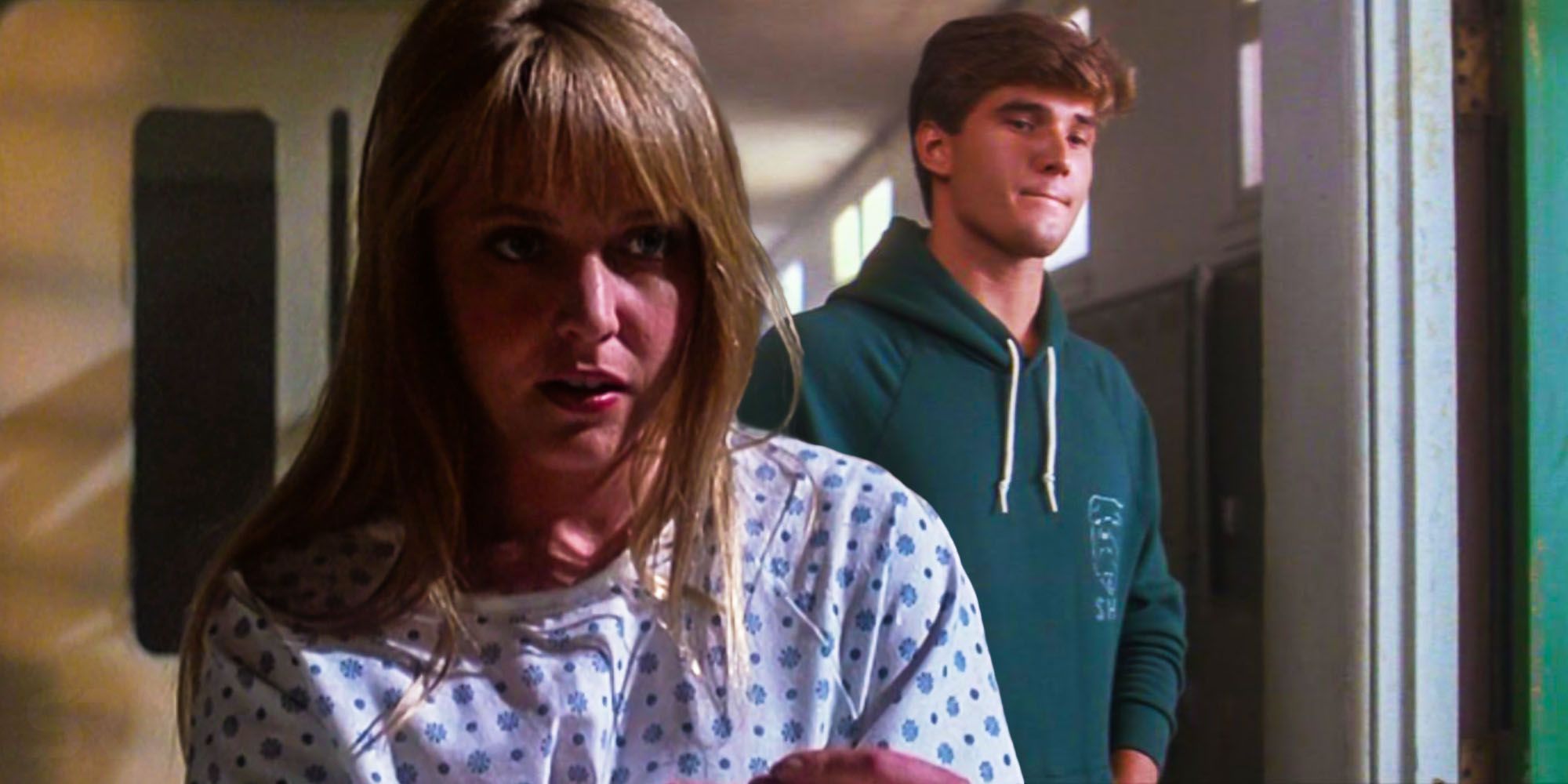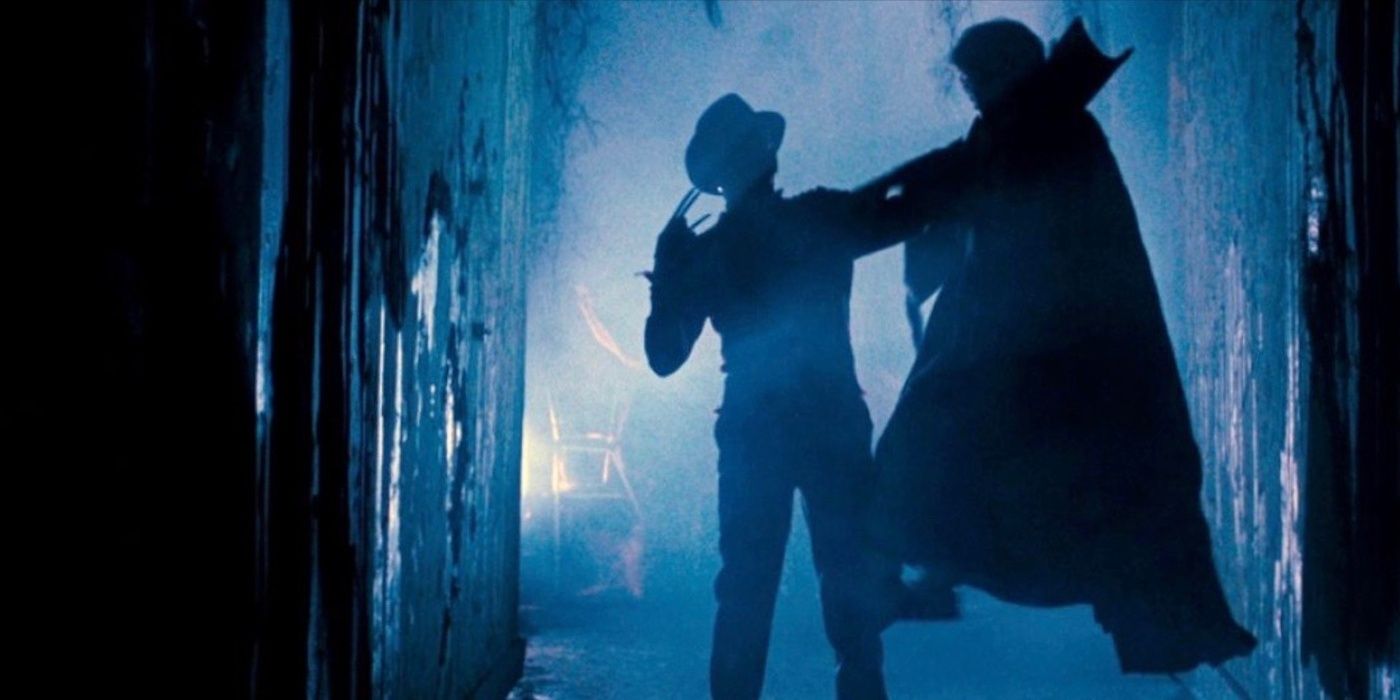Horror legend Wes Craven created the Nightmare On Elm Street series when he directed the original movie, but many of his early sequel ideas weren' used — and in some cases, this was for good reason. After the success of A Nightmare On Elm Street, the franchise continued without the involvement of original director Wes Craven as he moved on to other projects. However, Craven did offer the producers numerous pitches for potential Nightmare On Elm Street sequels, some of which were partially used while others were rejected outright.
When the slasher boom began in the early ‘80s, it seemed as though audiences would never tire of the masked slashers that followed the formula laid out by director John Carpenter’s horror classic Halloween. However, by 1984, the subgenre was ailing as too many clones of Carpenter’s hit had flooded the market. It was Craven himself who soon revived the tired genre with A Nightmare On Elm Street.
A Nightmare On Elm Street’s main innovation was making the killer, Freddy Krueger, an explicitly supernatural being that could invade the dreams of his victims. For viewers who were tired of cheap Michael Myers knockoffs, this creepy premise injected an element of fantasy into proceedings and thus revived the slasher movie's appeal. A Nightmare On Elm Street was hit and immediately spawned a sequel without Craven’s involvement. After that 1985 franchise outing proved unpopular critically, Craven was asked for sequel ideas for both the third and fourth Nightmare On Elm Street movies, although the producers ended up using few of his concepts. Wes Craven’s New Nightmare, with its new villain the Entity, ended up recycling one of these pitches in 1994, but the other two were never seen onscreen—for better or worse.
(New) Nightmare On Elm Street 3
Wes Craven's first unused concept for a Nightmare On Elm Street sequel was a meta-slasher take on the material and was ahead of its time, as proven by the success of the filmmaker's later self-referential hit Scream. Disappointed by the first sequel in the series, Craven pitched a meta take on Freddy and the concept for the second sequel. The proposed movie would have involved Freddy entering the real world and escaping fiction, but this was considered too out there by the studio.
This led Craven to shelve the idea until it was revisited eight years later as Wes Craven's New Nightmare, a soft reboot that was beloved by critics but received tepid box office. Despite the conceit being an inventive take on the material, the relative financial failure of New Nightmare almost a decade later does seem to prove producers may have been right not to roll the dice on Craven’s reality-bending Nightmare On Elm Street 3 pitch, even if this did annoy Craven at the time. This is particularly true when the version of Nightmare On Elm Street 3 with powerful teenage characters that the producers went with is widely considered one of the best entries in the long-running franchise.
Nightmare On Elm Street 4: The Time Travel Sequel
Not much is known about Wes Craven’s A Nightmare On Elm Street 4 pitch, as the producers quickly balked at the director’s suggestions and it never made it past the ideation stage. However, it is known that Craven’s Nightmare On Elm Street 4 story idea somehow involved time travel—something that the already fantasy-driven series would have struggled to pull off without seeming too silly. By his nature, Freddy Kruger is a dream invading demon whose powers were never really explained, so adding a sci-fi element to this premise may have left no room for horror and maybe even resulted in unintentional comedy. Craven was later offered a chance to rewrite the script that did get greenlit, but understandably passed.
Craven’s own Scream 4 mocked his Nightmare On Elm Street 4 pitch, with a character noting that one of the fictitious Stab movies involved time travel and is “by far the worst one.” However, while Craven’s pitch may have been a touch too far for the series, the version of A Nightmare On Elm Street 4 that viewers got wasn't much better. Directed by Renny Harlin, A Nightmare On Elm Street 4: The Dream Master saw the franchise intentionally try to make Freddy more of a wisecracking main character and less of a threatening, sinister presence. It was a decision that would haunt the Nightmare On Elm Street franchise for years, and one that proves Craven’s misguided time travel concept might not have been the worst thing to happen to the fourth film.
Craven’s Darker Original Nightmare On Elm Street 3
With his meta pitch rejected, Wes Craven wrote a dark Nightmare On Elm Street 3 draft wherein kids under Freddy Krueger’s spell traveled from across the country to the killer’s home to commit suicide. An asylum setting and band of teen heroes were all the producers ended up keeping from this very bleak draft, which also involved Freddy contorting reality in a dream home that resembled a labyrinth maze. The producers did concede that Craven’s draft was superb, but noted his vision was prohibitively expensive for the sequel’s limited budget. Producer/future Freddy’s Dead: The Final Nightmare director Rachel Talalay put it succinctly when she told Craven “this is a $20 million script”. It was a complaint that was echoed to A Nightmare On Elm Street 5: The Dream Child's original screenwriters when they wrote a brutal take on Freddy Krueger’s backstory that was promptly wasted when the franchise producers opted to go for a cheaper, more palatable take on the material.
While Wes Craven’s various pitches were repeatedly rejected, they all evidence the invention and originality that drove the creation of Freddy Krueger and the filmmaker's lengthy career in the horror genre. Many fans have argued that the Nightmare On Elm Street series never topped Craven’s original movie and the fact the helmer wanted to take the franchise and characvter in such trippy, strange directions makes it clear Craven wasn’t interested in resting on his laurels. Fortunately, while Freddy’s non-Craven adventures varied in quality, the director had an impressive career both before and after the A Nightmare On Elm Street movies and remains a legend in the slasher subgenre.




